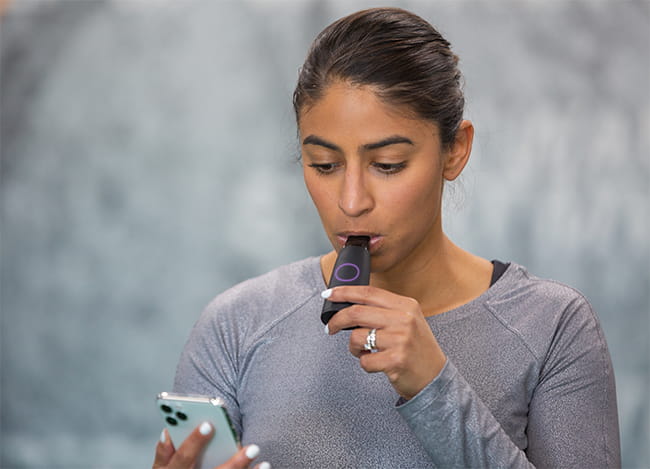What is Metabolic Flexibility?
The fancy, medical dictionary explanation is the ability to respond or adapt to changes in metabolic demand. It is an ability of the human body to burn and utilize energy from carbohydrates (from sugar or stored sugar; glycogen) and fatty acids in the blood stream or stored fat tissue. The mitochondria, the workhorse of your cells that creates much of your energy, is reliant on this flexibility in burning either fatty acids (fat), or carbohydrates (sugar) or protein. Interestingly, burning carbohydrates tends to throw off more free radicals, whereas burning fats tends to burn cleaner, metabolically speaking.
In my life, being metabolically flexible allows me to respond to the demands of a hockey game (quick burst of energy needed), the pressure of going on a 10 mile bike ride (riding constantly for an hour) and in case of maladies, respond to and recover from a virus, infection or trauma.
In your case, the demands you place on yourself can be quite varied. For example, you may want to be able to hike Camelback, swim a mile, or golf two back-to-back 18-hole courses. Improving your metabolic flexibility can help you more easily accomplish these things.
When I think of someone being metabolically inflexible, I think of someone obese or someone with diabetes or pre-diabetes. In these cases, the individual is burning carbohydrates, not exclusively, but relies on glucose, carbs and insulin to create as much energy as the body can through its mitochondria. This reliance on carbs leads to insulin resistance and your mitochondria become more set and reliant on this one nutrient to create energy. The fat is then deposited in the liver (fatty liver) and found in subcutaneous fat and deposits around the waist as visceral fat. The other lab values I see in this condition are elevated levels of insulin, blood sugar, triglycerides and uric acid.
How to Become More Metabolically Flexible:
A means to combat this inflexibility is to change up eating habits and stress out those mitochondria with exercise. To accomplish changing the dietary inputs, there are three levers we need to adjust (I’m borrowing this idea from Peter Attia, MD).
- First Lever – total calories; this is your classic eat less, exercise more
- Second Lever – type of food you eat; limiting your simple carbs like fructose and making other healthy choices
- Third Lever – the time you eat; time restricted eating, intermittent fasting or extended fasting
When we implement this strategy, we try to pull at least two levers, eventually pulling on all three. The more you adjust, the stronger the response. In addition, even just 15 minutes of exercise per day helps this come full circle.
A Little Extra Help from a Lumen Device
If you’re looking for more feedback than quarterly labs, consider purchasing a Lumen. This device gives you immediate feedback on your metabolic state, if you are burning carbs or fats, and suggests strategies to push your metabolism to burn more fat. I've personally used this device for over 6 months now and can vouch for its accuracy and effectiveness in changing my mind on food choices and has helped me better fuel myself for workouts and fasting.
Use promo code LifeScape50off for $50 off your purchase.
A therapeutic, whole system approach designed to reset your metabolism & bring you back into balance!
Join LifeScape’s Functional Dietician, Dana Bosselmann, as she guides you through a 7 day journey focused on resetting and renewing your metabolic state. Learn more about the program starting January 8th, 2021 here.


